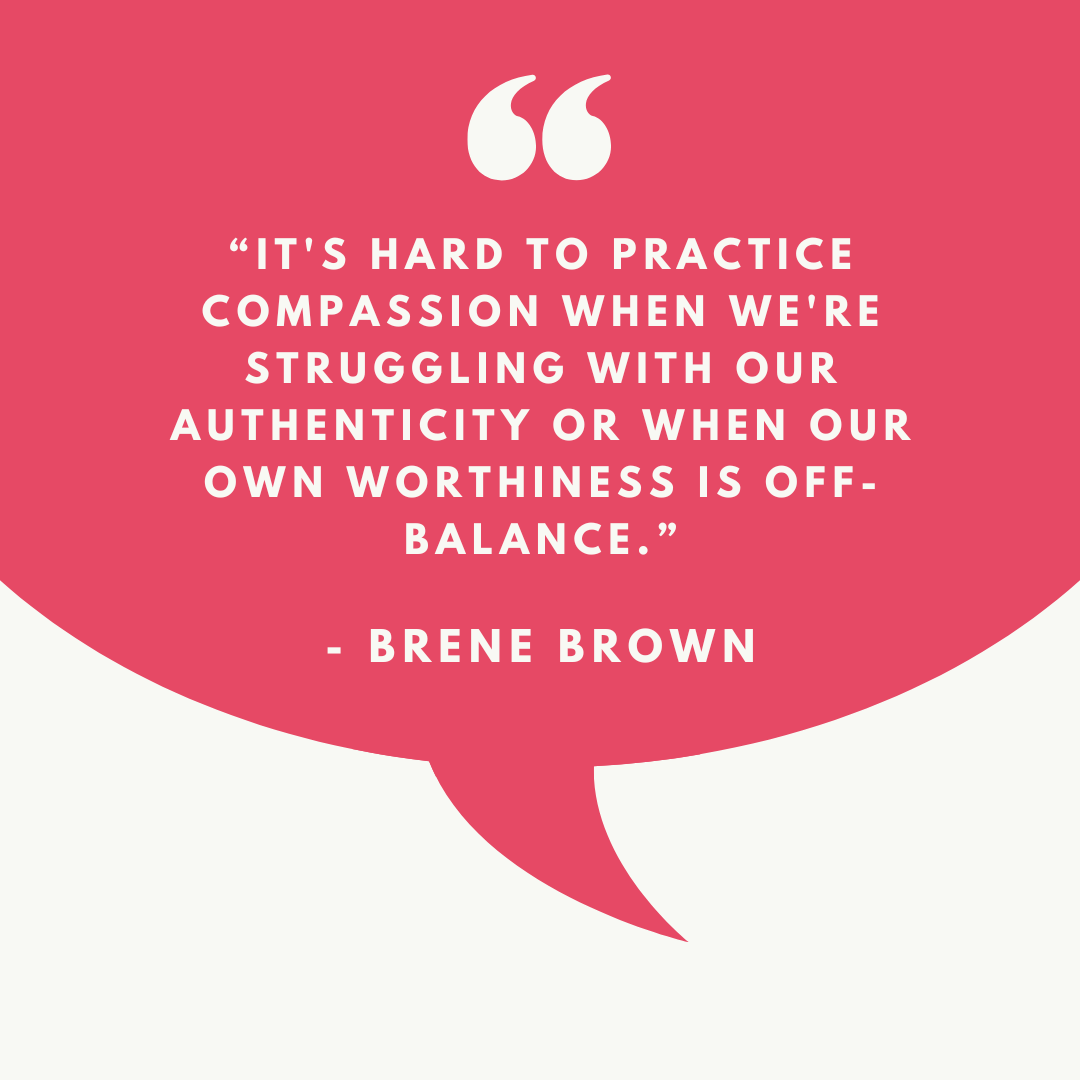Embracing Authenticity: A Guide to Being True to Yourself
What does showing up authentic mean to you?
Do you pretend to be someone you are not to be liked or to avoid judgment?
Counseling can support you in learning how to avoid conformity and embrace authenticity. In the reading, we’ll explore steps to help you grow into your authentic self.
Working with a counselor can be a great gateway to becoming your authentic self.
Counseling gives people a space where they can be vulnerable without judgment. A space that allows people to share their deepest insecurities and fears without fear that they will be belittled.
When you think about being authentic, what comes to mind?
- Being genuine.
- Feeling personal freedom.
- Not worrying about judgment.
- Honoring your voice.

7 Steps To Being True to Yourself
1. Use Self-Reflection To Learn About Yourself.
Start your journey by taking on exercises that encourage self-reflection. This can include reflecting on your values, things that you are interested in, or areas of passion. Resources that can help you include a journal or meditation. Click here to get started with journal writing.
2. Learn To Embrace Your Imperfections.
When you take an honest look at yourself you see many shades. You see amazing things that you are capable of and areas of can be improved. Growing into authenticity involves accepting both your strengths and areas of improvement.
Embrace imperfections is honestly, part of what makes you human. Today, write down three strengths and three areas of improvement. Show kindness to all six. Lastly, understand that vulnerability is a strength and not a weakness.
3. Gain Clarity On Your Values
People are typically driven by values. Consider what your values are and how they have played a role in your life. Identify and prioritize your core values.
- Reflect on what principles guide your decisions.
- Reflect on what values you currently hold.
Today, make an effort to align your life with your values. You can do this by identifying one value and creating an action-oriented plan surrounding it.
4. Authentic People Express Your Voice.
I want you to think about your authentic voice. The one that is not tainted by the outside world. The one that when you feel safe you use.
Now, consider what values and beliefs are connected to your voice. Being authentic means that you are honoring your whole self. That includes letting your voice out and being true to yourself.
You can start by sharing your perspective openly with others and listen to them with an open mind.
5. Setting Boundaries Honors Authenticity.
When you begin to shift into your authentic self it’s vital to set and maintain boundaries. Having boundaries gives your authentic self a safe and secure place.
This can include learning to say no when things in life do not align with your values. Being comfortable and willing to create relationships that bring positive energy, inspire, and uplift you.
6. Identify your interests.
Take time to immerse yourself in everything around you. Find out the foods you like. The colors that make you smile. The movies that make you laugh. The more you learn the better. Over time, you’ll be able to pinpoint your interest.
Once you reach this level, you’ll feel a sense of satisfaction because you are able to enjoy the things you like (the things that make you, YOU).
7. Take time to practice self-awareness.
This is a process in which you are able to understand why you do what you do. You are able to recognize the purpose of your actions. Often when a person struggles with being their authentic self, it’s connected to that person living a life that is disconnected from their purpose. As a simple strategy, write down why you do what you do.
Then circle how many of those items connect to what gives you purpose. The goal is to feel a strong connection. A sense of true self-awareness.




